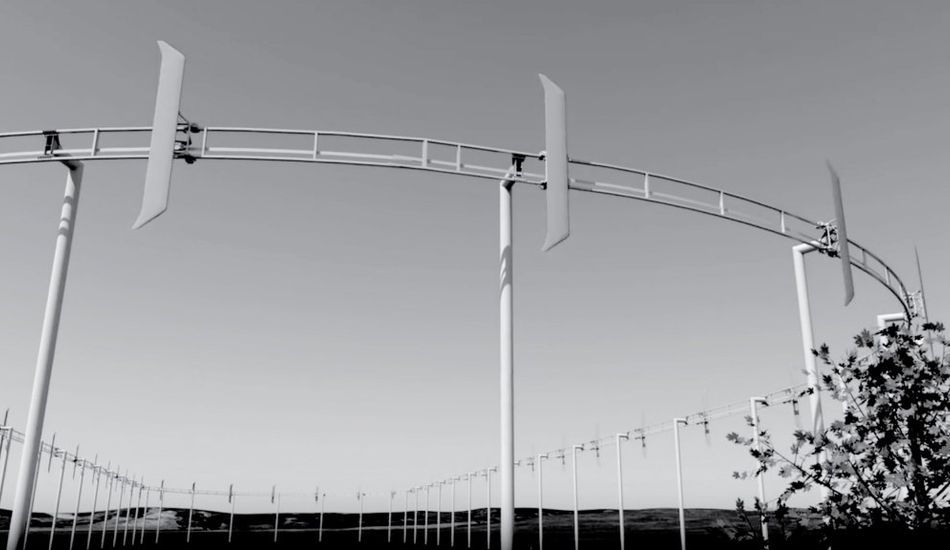
AirLoom Energy: Reinventing Wind Power with Innovative Turbine Design
Wind power, while promising, has faced some turbulence lately. Beyond political challenges, costs have been on the rise, creating hurdles for the industry. Last year, onshore wind power clocked in at $61 per megawatt-hour, a reversal from a decade-long trend of decreasing prices. This is where companies like AirLoom Energy come into play, attempting to innovate their way to more affordable wind energy.
Neal Rickner, AirLoom Energy's CEO, acknowledges these "headwinds." However, he believes that their innovative approach could lead to success. AirLoom is betting on a unique design to disrupt the market. Rather than the traditional towering turbines, they've reimagined the concept, aiming for cost-effectiveness. Their models suggest they can achieve competitive pricing even with their initial, one-of-a-kind system, hinting at even greater potential down the road.
So, what makes AirLoom different? Instead of the familiar three-blade design, they use numerous shorter blades attached to a cable that runs along an oval track. This track can be customized to the desired length, and the entire system stands at a modest 60 feet. In essence, they've deconstructed the classic turbine, creating a system that's both shorter and potentially more adaptable.
To demonstrate their technology's viability, AirLoom has begun construction of a pilot site in Wyoming. "We’ve got it all in the simulation. Now we gotta go build it," Rickner stated, highlighting the transition from theoretical models to real-world application. The pilot system is designed to generate around 150 kilowatts of electricity, utilizing the same components planned for megawatt-scale installations. The primary difference lies in the track length, which will be shorter for the pilot – approximately the size of a high school running track. A future 3-megawatt system, in contrast, will feature significantly longer tracks.
AirLoom's design also allows for the space between the tracks to be used for other purposes. Imagine solar panels or even traditional farming coexisting with wind energy generation! The blades are specifically designed to allow farm equipment to pass underneath them, creating opportunities for integrated land use.
Looking ahead, Rickner anticipates deploying AirLoom's first commercial-scale system around 2027 or 2028. Potential early adopters include data centers and military bases. The military has always been a target market for AirLoom, which is understandable given Rickner's background as a Marine Corps pilot. Data centers are also expressing interest, especially since many are struggling to secure traditional wind turbines before 2030. AirLoom's promise of earlier deployment is catching their attention.
“What we’re showing is that we can deploy a system in ’27, ’28. It’ll be an early-stage system, but I can get you those early-stage systems sooner. And then I can be on my third iteration of the AirLoom system by 2030,” Rickner said. With their innovative design and focus on cost-effectiveness, AirLoom Energy aims to not only weather the current headwinds but also reshape the future of wind power.
Source: TechCrunch